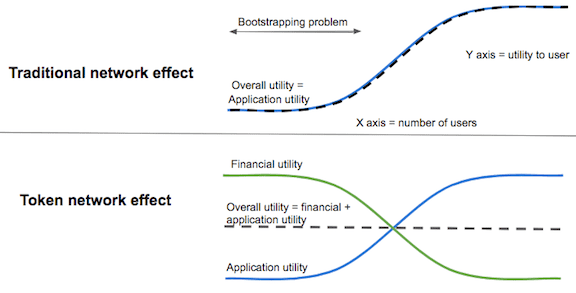Bootstrapping a rollup remains an unsolved problem. It’s similar to the early days of dapps. Anyone could clone Uniswap and offer 10x the yield. Most dapps resorted to some sort of tokenization (ICOs, air drops) to incentivize users to use their dapp long enough to form a community-moat around it.
Tokens help overcome the bootstrap problem by adding financial utility when application utility is low - Chris Dixon

Bootstrapping using tokens
Rollups too could launch their own token, see Coindesk’s article on this. Another way to get more users onto your platform would be subsidizing the first x transactions.
Subsidizing Transactions
A rollup’s smaller user base means that each user has to pay a large fraction of the fees, increasing the cost per tx, and chasing away existing users. With a larger user base the gas will be split between more users and each user would pay a smaller fraction of the fees ⇒ lower cost per tx.
A rollup that offers free transactions for (say) 10 days after its launch will attract a large user base at the start, essentially eliminating the bootstrap phase.. With a large user base, even after stopping the subsidies, each user would have to pay a small fraction of the fee. Rollups achieve a sort of economies of scale when more people use them. Cost of each transaction falls when there are more transactions.
Bootstrapping by subsidizing
Potential Downsides
An obvious flaw: projects with large funding can extend this free transaction phase longer, and outlast competition. I’ll be updating this list as I come across other ways to game the market.